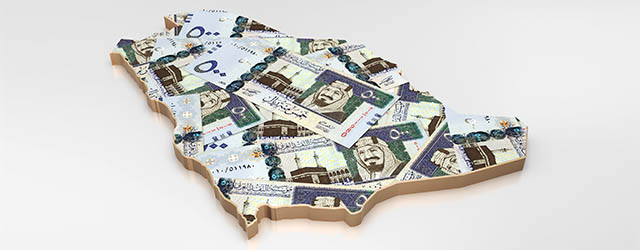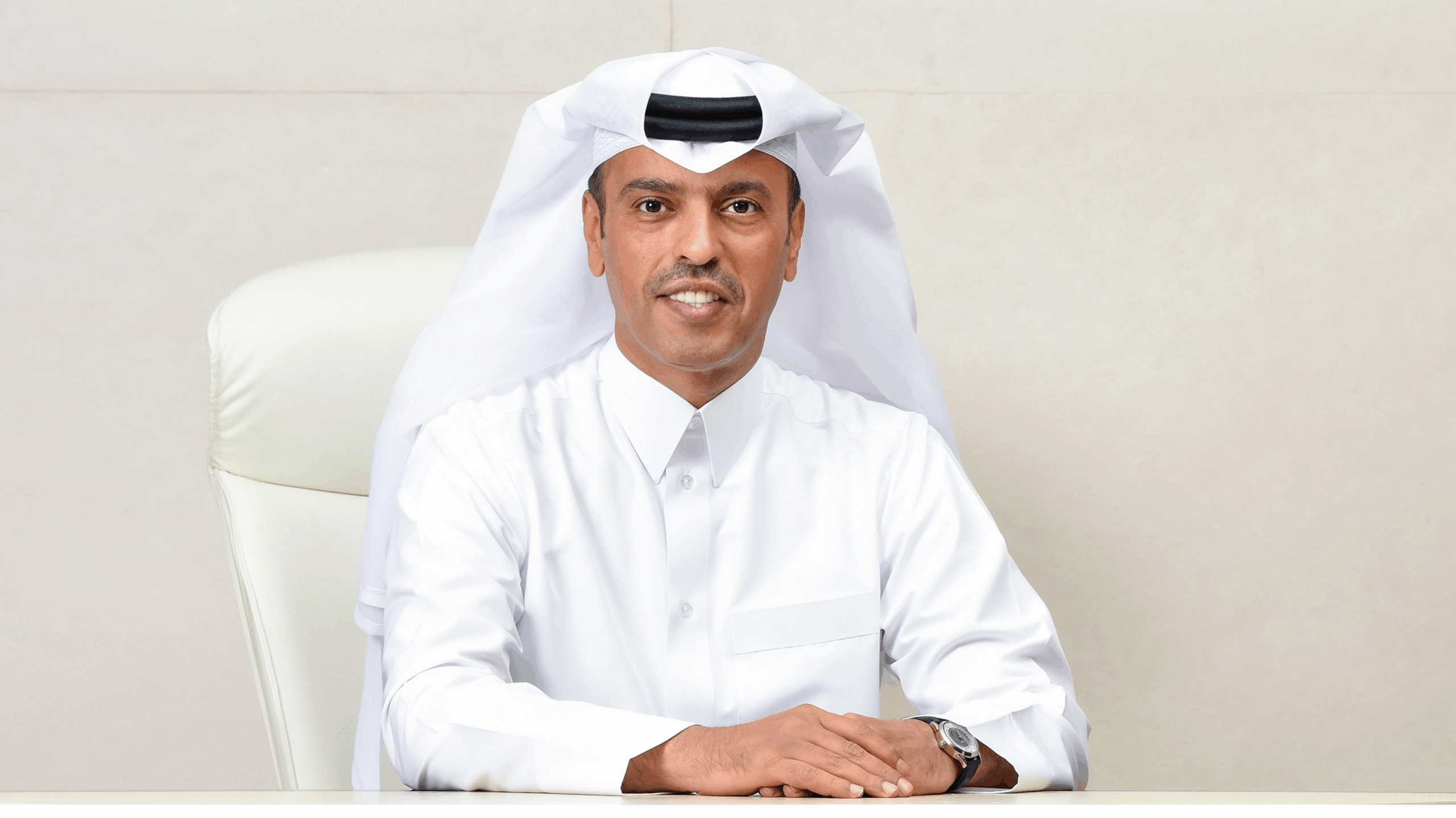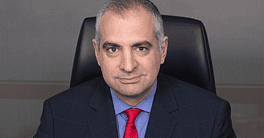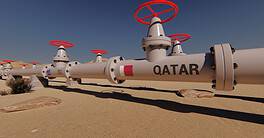Saudi Arabia | Banking Sector

Jump To Section
Saudi Arabia | Banking Sector Report
Refining The Mix
King Abdullah’s Legacy For Saudi Arabia
Saudi Arabia Throws Open The Doors To Foreign Investors
Highly capitalized and boasting healthy margins, Saudi banks are unlikely to feel much fallout from the country’s slowing economy and the impact of low oil prices.
Almost nobody expected oil prices in late 2014 and early 2015 to fall precipitously. But most expect Saudi Arabia’s banks, with combined assets of over 1.6 trillion Saudi riyals—the second-largest asset base in the Gulf region after the UAE—to escape largely unscathed, even if growth in the broader economy slows, which most expect to happen.
David Dew, managing director of the Saudi British Bank (SABB) says the government is committed to maintaining spending. Indeed, if it decides to run a small deficit, rather than using some of the country’s estimated $750 billion of reserves, this could lead to some interesting financing opportunities for local banks.
“The last decade has been one of plenty with high oil prices and significant government spending—particularly on infrastructure—trickling down and improving competitiveness in the non-oil economy. We expect this broad trend to be sustained as positive growth continues,” Dew says.
Jason Tuvey, Saudi banks analyst at Capital Economics in London, generally agrees. Of the three ways Saudi banks could feel an impact—through energy companies’ defaulting on loans, through lower prices’ leading to a wider current-account deficit, forcing devaluation, and by sustained lower oil prices’ impacting on incomes in the wider economy—only the last, he believes poses any real threat. “Banks are generally well-placed to weather a period of lower oil prices, aided by the fact that their exposure to the oil and gas industry is actually quite low, accounting for less than 4% of total loans,” says Tuvey.
Tuvey admits, though, that nonperforming loans—currently the lowest in the region at around 1.3%, according to a report last year by Albilad Capital—could rise slightly, though hardly to a worrisome degree, given the substantial capital buffers of Saudi banks. The sector’s capital adequacy ratio, at around 17% to 18%, is well over double the 8% required by SAMA (the Saudi Arabia Market Authority). The main concern, then, is that “credit may not be as supportive of growth as in recent years,” Tuvey says, although initial signs suggest consumer demand is holding up, boosted by the fact that net debt levels in the kingdom remain low by regional and international standards.
The other factor that is expected to help uphold GDP growth is government projects, particularly in infrastructure: Some $400 billion of projects are planned in the coming years, alongside other ambitious plans (including the building of the $1.3 billion Freedom Tower in Jeddah, which is to be the tallest in the world at one kilometer high). Saudi banks will play a key role in arranging finance for all these.
“The banks typically enjoy sound liquidity and funding, low-cost deposits and healthy margins, which limits excessive competition and price wars. Therefore, it is unlikely that the banks will suffer too much pain in 2015,” says Redmond Ramsdale, Saudi banks analyst at Fitch Ratings. He adds that the high level of concentration in the sector—over 90% of market share is held by just 12 banks—suggests consolidation is unlikely. “The Saudi banking system is a small, concentrated industry…and there are strong barriers to entry (including big barriers to getting a license), so we are unlikely to see a large inflow of foreign banks,” he maintains.
Initial figures for late 2014 confirm the generally bullish mood for Saudi banks, with fourth-quarter profits looking very healthy. Bank Al Bilad’s fourth-quarter income rose 16.5% to 249 million riyals, Saudi Hollandi’s fourth-quarter net income rose by an astonishing 33% to 462 million riyals, and Riyadh Bank saw fourth-quarter income up 3%, or 1 billion riyals.
Jump To Section
Saudi Arabia | Banking Sector Report
Refining The Mix
King Abdullah’s Legacy For Saudi Arabia
Saudi Arabia Throws Open The Doors To Foreign Investors
For many banks, the big opportunity for 2015 will be the long-anticipated opening up of the Saudi stock market, the largest in the Gulf, to foreign retail investors. Estimates of how much foreign capital could enter the Tadawul vary. Schroeder’s has suggested it could be as much as $40 billion, which would be equal to 8% of the bourse’s total current value, but others are more cautious.
“Whilst oil prices are where they are, I don’t expect large inflows: I think investors will be cautious and wait at least until energy prices start heading back northwards. I think the opening (to foreign investors) will be gradual, as in China. And it’s not as if they desperately need the money,” says James Reeve, an analyst at Samba Financial Group.
Sector-wise, the currently low oil prices and low Chinese demand suggest petrochemicals won’t attract much interest; however Reeve says the education and health sectors, which are both getting substantial government investment, will be areas to watch.
To service foreign investor demand, Banque Saudi Fransi, one of the largest Saudi banks, is opening a division within the Dubai International Financial Centre (DIFC): Saudi Fransi Capital International will focus on asset management and brokerage activities. Indeed, Banque Saudi Fransi isn’t the first Saudi financial institution to set up shop in the DIFC. In April 2014, Alkhair Capital became the first Saudi financial institution to get authorization from the Saudi CMA to operate in the DIFC. It is focusing on Islamic finance, anticipating significant demand for sukuk products. Other Saudi banks will probably follow.
However there will still be many opportunities within Saudi Arabia. Reeve says the two main drivers of business for the banks have been government spending, particularly in construction, which over the past four years has been increasing at around 25% a year, and retail spending, which is growing at around 9% a year. Reeve reckons both will continue but at a more modest pace—around 1% or 2% a year. Meanwhile the expected rise in interest rates will also help the banks’ bottom line. “It won’t be such a bumper time as before, but there’s still going to be plenty of business out there,” he argues, especially on the retail side, which remains relatively undeveloped.
Credit cards are a growing business, as are many new Islamic finance products, but once many of the current legal uncertainties are sorted, mortgages, which are currently in their infancy here, promise huge business for the banks. However SABB’s Dew says it is likely that the banks’ innate conservatism—reinforced by SAMA’s regulatory regime—means the focus will remain on keeping things simple.
“We put an enormous amount of effort into customer service, but this continues to be a huge area of opportunity, for example in continuing to better our online capabilities,” he says, suggesting it would be misguided to consider looking at new complex products rather than just continuing to improve doing what the bank has always done well.
Dew says the sector’s record—even at the nadir of the global financial crisis, no Saudi bank came close to making a loss, let alone needing a government bailout—speaks for itself. “The bottom line here is that the Saudi bank sector is strong, stable and successful, with high levels of capital and liquidity. I see no reason why that should change,” argues Dew.
GFmag.com Data Summary: Saudi Arabia
CENTRAL BANK: SAUDI ARABIAN MONETARY AGENCY |
|||
|---|---|---|---|
|
International Reserves |
N/A |
||
|
Gross Domestic Product |
$737,797 billion |
||
|
Real GDP Growth |
2011 |
2012 |
2013 |
|
GDP Per Capita |
$24,953 |
||
|
GDP |
agriculture: |
industry: |
services: |
|
Inflation |
2011 |
2012 |
2013 |
|
Public Debt |
2011 |
2012 |
2013* |
|
Government Bond Ratings |
Standard & Poor’s |
Moody’s |
Moody’s Outlook |
|
FDI Inflows |
2011 |
2012 |
2013 |
| *Estimates Source: GFMag.com Country Economic Reports, IMF |
|||



